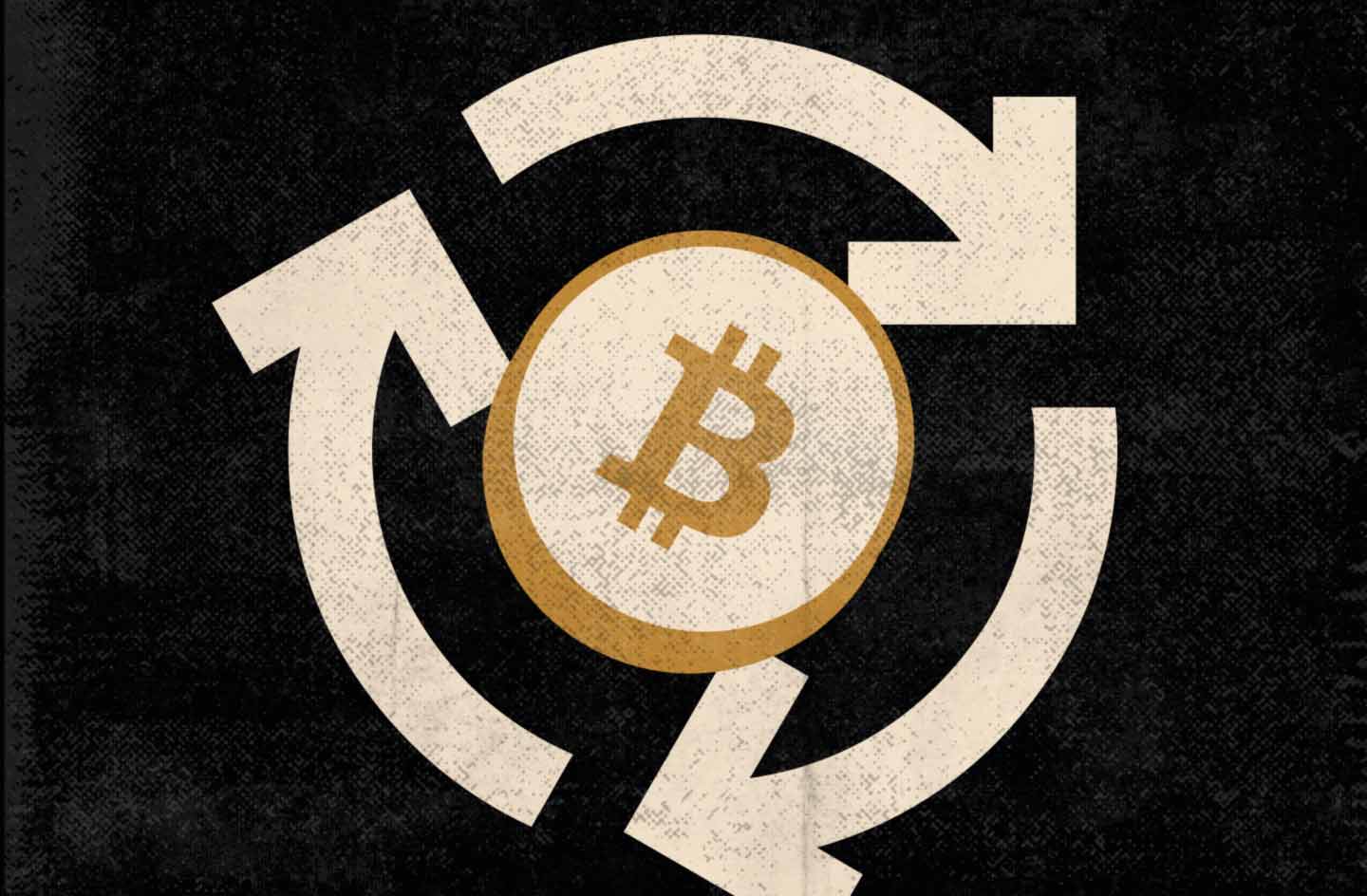What Is Volatility?

In a broad sense, “volatility” means a range of value fluctuations. The same goes for cryptocurrencies. The high volatility of cryptocurrencies is their value volatility, which can rise by 300% in a single trading session and then fall by 400%, or vice versa.
Factors of High Volatility of Cryptocurrencies

Several factors affect the price of cryptocurrencies:
- News. Media attention, the anticipation of some events, and rumors — these informational effects significantly impact the quotations of traditional financial instruments. In this sense, cryptocurrencies are similar to them.
- Market condition. The crypto market continues shaping up, becoming more instrumental, and attracting amateur investors and traders. Demand and supply aren’t stable. Information pressure, such as negative news, provokes a violent reaction. The market volume is still relatively small, so any turbulence has a major influence on the market as a whole.
- Low liquidity. Liquidity means the possibility to sell the asset at any time at a reasonable price. For this purpose, there should be a lot of active players in the market who bid both up and down. However, with sharp asset price fluctuations and market underdevelopment, it seems to be impossible. High volatility is both a consequence and one of the reasons for the low liquidity of cryptocurrencies compared to traditional financial instruments.
- Lack of a legal framework. State regulation of the cryptocurrency market in most countries remains at the stage of discussing and adopting basic laws. Although the crackdown is already gaining momentum, this sphere still offers wide opportunities for scammers and speculators. Besides, legal uncertainty in many jurisdictions restrains the interest of major investors.
- Lack of real value. Currency rates are tied to commodity trading, production factors, macroeconomic statistics, and many other indexes. Stock prices are pegged to the financial performance of companies. Crypto rates are directly tied only to current demand, locally to demand for specific coins, and globally to demand for Bitcoin.
Volatility Cycles

The volatility of some cryptocurrencies is cyclical in nature and tied to their halvings. This is most evident in Bitcoin’s halvings:
- After the first halving, Bitcoin’s price was $11, then rose sharply to $1,100 before dropping to $200.
- During the second halving, Bitcoin traded around $600, then increased to nearly $20,000 before falling back to $3,500.
- The third halving caught Bitcoin at $8,500. A year and a half passed, and the price set a new high at around $69,000, then another decline began.
The cyclical nature of Bitcoin’s volatility can help traders make money on it by making predictions. In this context, the high volatility can be seen as a positive factor.
Cryptocurrency Volatility in the Future

In 2020, the Tether (USDT) stablecoin came out on top in daily turnover, having a “stable” price due to its nominal value being tied to the dollar, which is secured by various assets. Since then, it has steadily held the bar of first place. Even during peak shocks, when the cryptocurrency market is going through turmoil, the trading volume of “stable” USDT is much higher than that of BTC, the nearest “volatile competitor.” For example, when the market crashed during FTX’s liquidity crunch, CoinMarketCap estimated the daily trading volume of USDT at $140 billion by November 9, 2022, while BTC was at $100 billion.
Moreover, central banks around the world are actively developing digital currencies whose volatility will match the volatility of fiat currency. China is already in the process of introducing the “digital yuan” (DCEP), the state cryptocurrency, into its economy. The United States, the United Kingdom, Japan, and many other countries are concerned about developing their own CBDCs.
Despite the high volatility, the overall crypto market is growing. A number of states are reconsidering their position on cryptocurrencies and developing legal mechanisms to regulate them. Major media figures invest in crypto and publicly support related projects. The shares of Coinbase, one of the largest cryptocurrency exchanges, have been traded on the NASDAQ stock exchange for over a year. ETFs based on crypto-assets are created all over the world.
The factors described above indicate the cryptocurrency market’s development, which sooner or later will lead to a decrease in the volatility of cryptocurrencies in general. However, it’s impossible to predict what will be the main factor of volatility decline, when exactly it may happen, and on what scale.










